The paths and trails of the Val d’Aran are practically ready to be enjoyed by the hikers who visit the valley this summer.
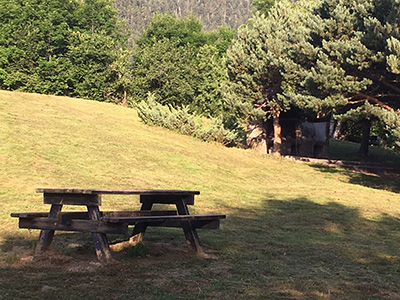 The Consèlh Generau has set up a brigade for sanitation of the nearly one hundred kilometers of trails that form part of the historic network of hiking and mountain biking trails in the Val d’Aran.
The Consèlh Generau has set up a brigade for sanitation of the nearly one hundred kilometers of trails that form part of the historic network of hiking and mountain biking trails in the Val d’Aran.
The works include the cleaning and repair of the roads, as well as of its margins and stone walls if necessary and will be extended until the middle of July.
The works, carried out by a team of twenty people, have been planned according to the needs of the various sporting events that take place in the valley (walks, races, rallies, etc.), to their destiny towards the hermitages or “santets”, and the use of the inhabitants of the Val d’Aran.
The specialists of the Consèlh Generau have finished yet the works in the paths:
- Bassa d’Arres y guardader d’Arres.
- Camino de Mont – Moncorbau
- Camino de Mont – Vilac
- Camino Pont d’Arròs – Begòs
- Camino de Vilamòs a la iglesia de Sant Miquèu
- Camino de Ribèra de Mont – Salient
- Camino de Vilamòs – Begòs.
- Camino de Pradets a pasarela del Refugi de la Honeria
- Camino de pista Saubaga a Bossòst.
- Camino de Vilamòs – Benòs
- Camino de la Beusa, Gausac
- Camino de Arró – Vilamòs. Mejoras en la pavimentación
Paving Improvements
On another hand, last week the works of paving with bituminous mixture in hot were carried out Es Bòrdes crossing, as well as works of improvement of the firm and road safety in the highway of Benós-Begós. In addition to facilitating mobility in the face of greater influx of visitors in summer, these rehabilitations lead to an improvement in the quality of life and safety for the residents of these towns.
Works in the Sanctuary of Montgarri
 FFinally, it is worth mentioning the rehabilitation and improvement actions in the church of Nuestra Señora de Montgarri carried out by the Consèlh Generau. The works will improve the pavement to eliminate architectural barriers and will facilitate access to the church choir, leaving the Romanesque portico free of entrance to the church before the north facade. Also, various elements will be relocated to provide a better view of it to visitors.
FFinally, it is worth mentioning the rehabilitation and improvement actions in the church of Nuestra Señora de Montgarri carried out by the Consèlh Generau. The works will improve the pavement to eliminate architectural barriers and will facilitate access to the church choir, leaving the Romanesque portico free of entrance to the church before the north facade. Also, various elements will be relocated to provide a better view of it to visitors.
Camino de Santiago by the Val d’Aran
With the same intention to promote hiking in the Val d’Aran, the Consèlh together with the Regional Council of Alta Ribagorça agreed last week to create a new tourist route, “Aran-Pyrenees”. The route intends to recover the Way of Santiago that unites Saint Bertrand de Comminges and Berbegal in Huesca, which has an important part of route in the Val d’Aran.
This new tourist product will encompass diverse territories: France, the Val d’Aran, Alta Ribagorça and the Ribagorza Aragonese. It has been also expressed the desire to join the Federación Española de Asociaciones de Amigos del Camino de Santiago as it can be an important channel for the promotion of this new tourist route.










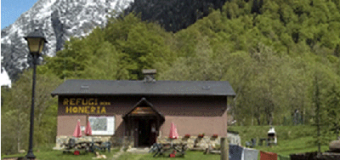
 Owned by the Consèlh d’Aran, the refuge is located at the foot of the river Noguera Ribagorzana on its left bank. From the refuge two interesting itineraries leave, one of which towards the waterfall and the ‘estanys’ of Besiberri. The other path climbs above the Hospital de Vielha, dividing towards the valley of Molières, in the southwest direction, and towards the Port of Rius, in the north direction.
Owned by the Consèlh d’Aran, the refuge is located at the foot of the river Noguera Ribagorzana on its left bank. From the refuge two interesting itineraries leave, one of which towards the waterfall and the ‘estanys’ of Besiberri. The other path climbs above the Hospital de Vielha, dividing towards the valley of Molières, in the southwest direction, and towards the Port of Rius, in the north direction.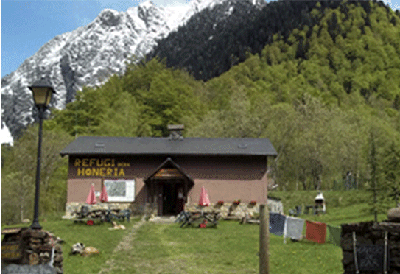 Location: Valle del Torán, Canejan
Location: Valle del Torán, Canejan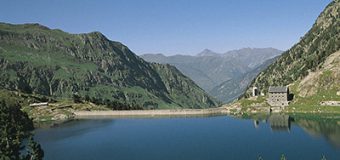

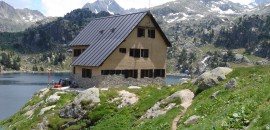 Owned by the Consèlh d’Aran, the refuge is located within the peripheral area of the Parc National d’Aigüestortes i Estany de Sant Maurici, near the town of Salardú. Both in summer and in winter from there can be practiced various activities: ascents, itineraries on foot, climbing, skiing, snow channels or snowshoes. In addition, Colomers is part of the great route Carros de Foc.
Owned by the Consèlh d’Aran, the refuge is located within the peripheral area of the Parc National d’Aigüestortes i Estany de Sant Maurici, near the town of Salardú. Both in summer and in winter from there can be practiced various activities: ascents, itineraries on foot, climbing, skiing, snow channels or snowshoes. In addition, Colomers is part of the great route Carros de Foc. Owned by the Consèlh Generau d’Aran, it is part of the municipality of Naut Aran and its nearest town is Arties. The shelter is run by the guard Josep Mohedano and his team, who provide service and information necessary to enjoy the mountain during the winter and summer seasons. From Restanca you can practice climbing, mountain skiing and various walking itineraries of different length.
Owned by the Consèlh Generau d’Aran, it is part of the municipality of Naut Aran and its nearest town is Arties. The shelter is run by the guard Josep Mohedano and his team, who provide service and information necessary to enjoy the mountain during the winter and summer seasons. From Restanca you can practice climbing, mountain skiing and various walking itineraries of different length.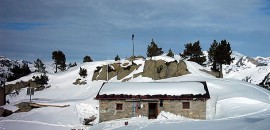 Owned by the Conselh Generau d’Aran, the Saboredo refuge is located within the peripheral protection zone of the Parc National d’Aigüestortes i Estany de Sant Maurici. An authentic mountain refuge built in stone and surrounded by trees, in a spectacular setting overlooking the Saboredo circus on one side and the Baqueira Beret massif and the Mauberme on the other.
Owned by the Conselh Generau d’Aran, the Saboredo refuge is located within the peripheral protection zone of the Parc National d’Aigüestortes i Estany de Sant Maurici. An authentic mountain refuge built in stone and surrounded by trees, in a spectacular setting overlooking the Saboredo circus on one side and the Baqueira Beret massif and the Mauberme on the other.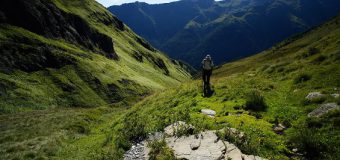
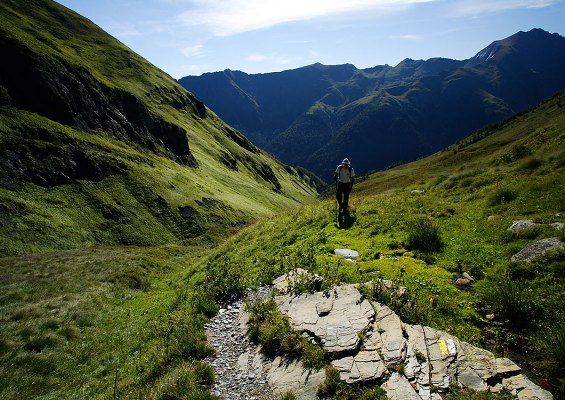 Mirador del Aneto introduces the Artiga de Lin, within the routes to Aneto, and the Coth de Baretja, one of the best viewpoints of the Aneto-Maladeta massif. The 3-day route can be carried out from the beginning of May until the end of October.
Mirador del Aneto introduces the Artiga de Lin, within the routes to Aneto, and the Coth de Baretja, one of the best viewpoints of the Aneto-Maladeta massif. The 3-day route can be carried out from the beginning of May until the end of October.